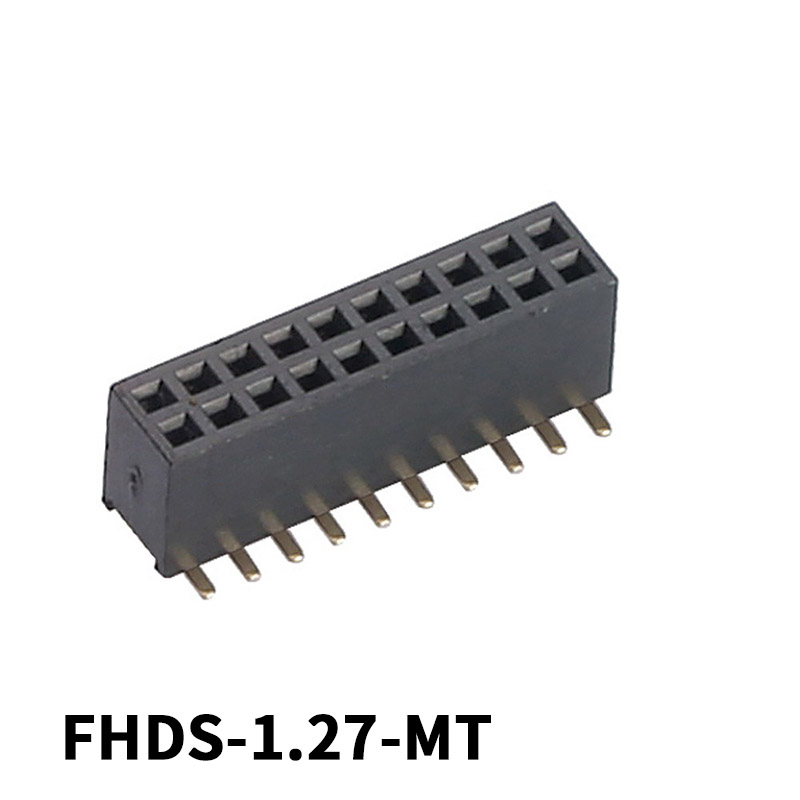The internal conductors processed by the terminal wire are mainly tinned copper and bare copper. Its function is to make the connection more convenient and reduce the volume of electronic products. It is most suitable for moving parts and the main board, and between the PCB board and the PCB board. Used as data transmission cable in small electrical equipment.
1. The common specifications for terminal wire processing are as follows: There are various pitch flexible cables such as 0.5mm, 0.8mm, 1.0mm, 1.25mm, 1.27mm, 1.5mm, 2.0mm, 2.54mm, etc.
2. The common types of terminal wire processing are as follows:
Type A: Both ends are connected and the reinforcing plate is pasted on the insulating tape;
Type B: Cross the reinforcing plate and paste it directly on the insulating tape;
Type C: The reinforcing plates at both ends are directly pasted on the conductor;

Type D: Cross the reinforcing plates at both ends and paste directly on the conductor; Type E: Paste the reinforcing plate at one end on the insulating tape, and solder the other end directly;
Type F: The reinforcing plates at both ends are directly attached to the insulating tape, and the inner half is peeled off;
Type G: Direct soldering at both ends.
At present, the finished terminal line processing products are widely used in the connection between the print head of various printers and the motherboard, the signal transmission and board connection of plotters, scanners, copiers, audio, LCD appliances, fax machines, various DVD players and other products. In modern electrical equipment, almost nowhere.